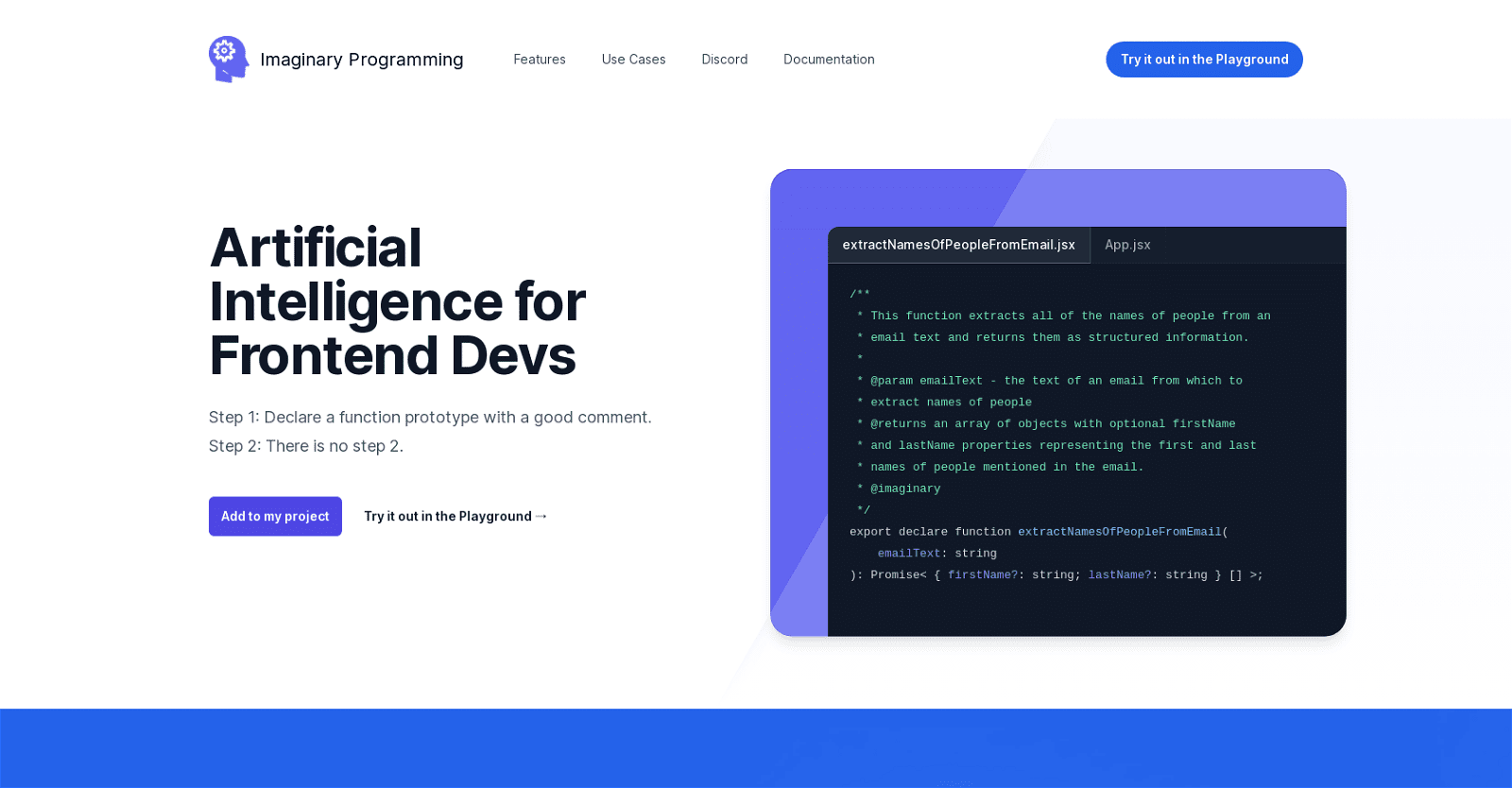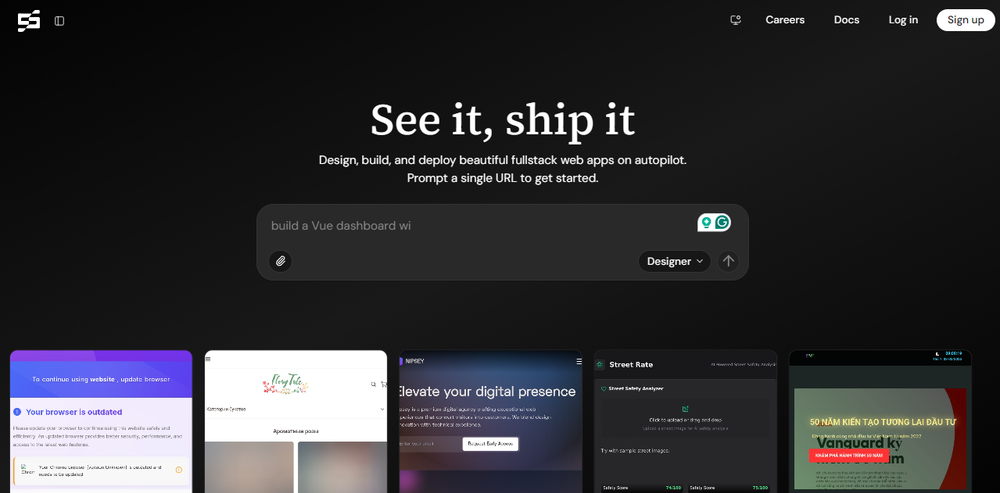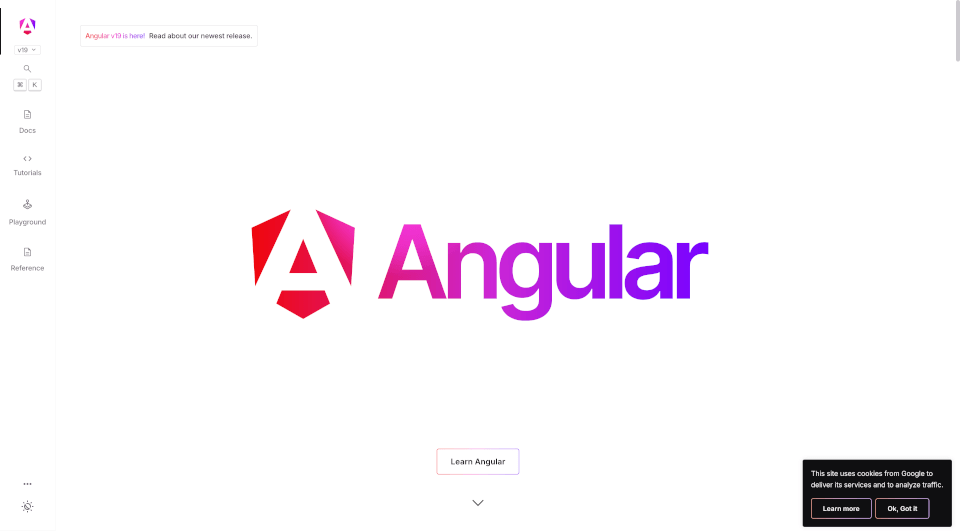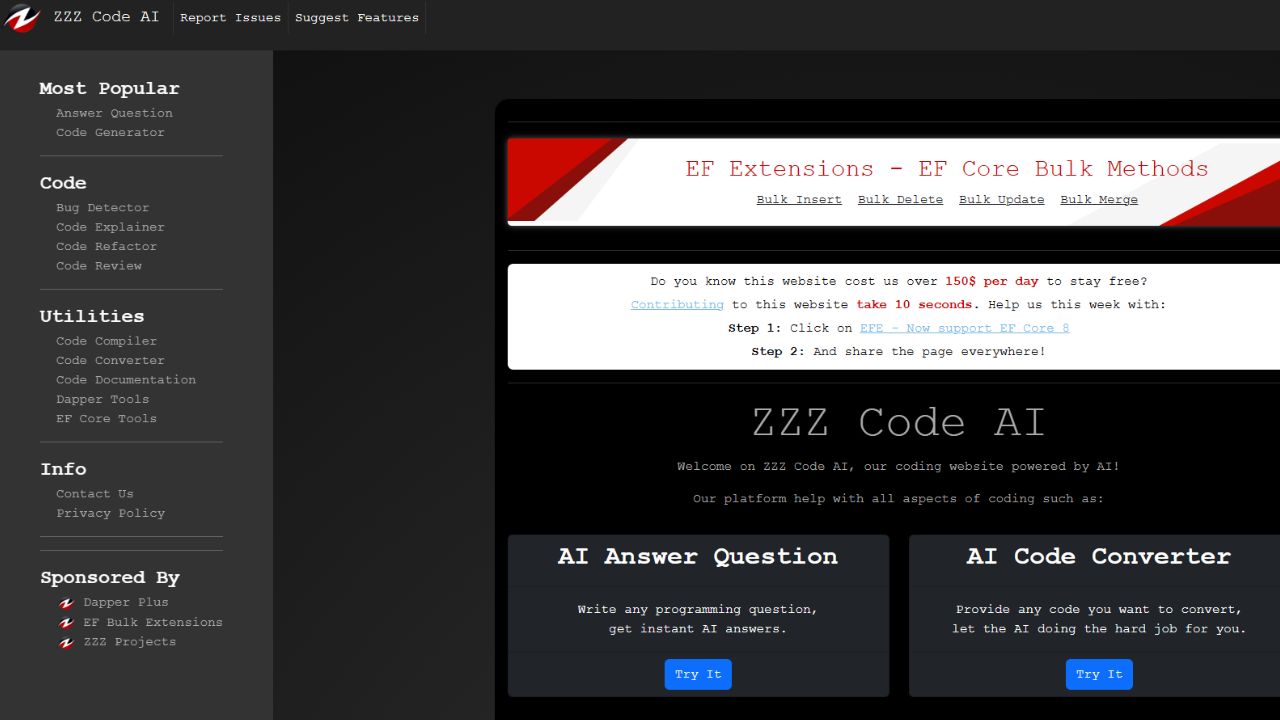Imaginary Programming harnesses the power of OpenAI’s GPT engine, offering developers a seamless solution to tackle new challenges without the need for a dedicated ML team. Using TypeScript, users define function prototypes while Imaginary Programming employs GPT to handle the rest. This TypeScript-based tool seamlessly integrates GPT’s intelligence into existing Node.js, Next.js, and React projects.
With Imaginary Programming, developers can effortlessly generate titles and text, classify data with human-like intelligence, and extract structured information from unstructured language by specifying the desired data type. This tool is versatile, catering to tasks requiring human-like intelligence in text processing.
By simply commenting on desired actions, users instruct Imaginary Programming, which then identifies structures within unorganized data. Outputting structured data in JSON format facilitates developers’ workflows. Additionally, the Playground feature allows experimentation without project integration.
In summary, Imaginary Programming empowers frontend developers to incrementally enhance project intelligence and address novel challenges, all without the need for extensive machine learning expertise.
More details about Imaginary Programming
What is the JSON output capability of Imaginary Programming for structured data?
Imaginary Programming’s ability to output data in JSON format signifies its proficiency in understanding and parsing unstructured language. By comprehending the input and identifying underlying structures, the tool provides developers with structured data representations in JSON format. This functionality greatly simplifies data handling tasks, enabling developers to efficiently process and utilize the extracted information in their projects.
What do you mean by ‘imaginary functions’ in Imaginary Programming?
In Imaginary Programming, ‘imaginary functions’ refer to function prototypes defined by developers in TypeScript. Leveraging the GPT runtime, these functions enable a variety of capabilities. Developers define the function’s purpose through comments, and the tool generates the output accordingly. This streamlined approach allows developers to focus on specifying the desired functionality while the tool handles the implementation details.
Can I use Imaginary Programming to classify the emotion in a text?
Imaginary Programming harnesses AI analysis to classify the emotion in a text by discerning semantic intent or emotion. This capability aids in identifying sentiments like customer satisfaction, anger, or frustration in various forms of communication such as messages, emails, or other textual content.
How can I install Imaginary Programming into my existing JavaScript or TypeScript projects?
To incorporate Imaginary Programming into an existing JavaScript or TypeScript project, navigate to the “Add to my project” section on their website and follow the step-by-step instructions provided. Additionally, for a preview of its functionalities before installation, you can explore the tool via their online Playground.








